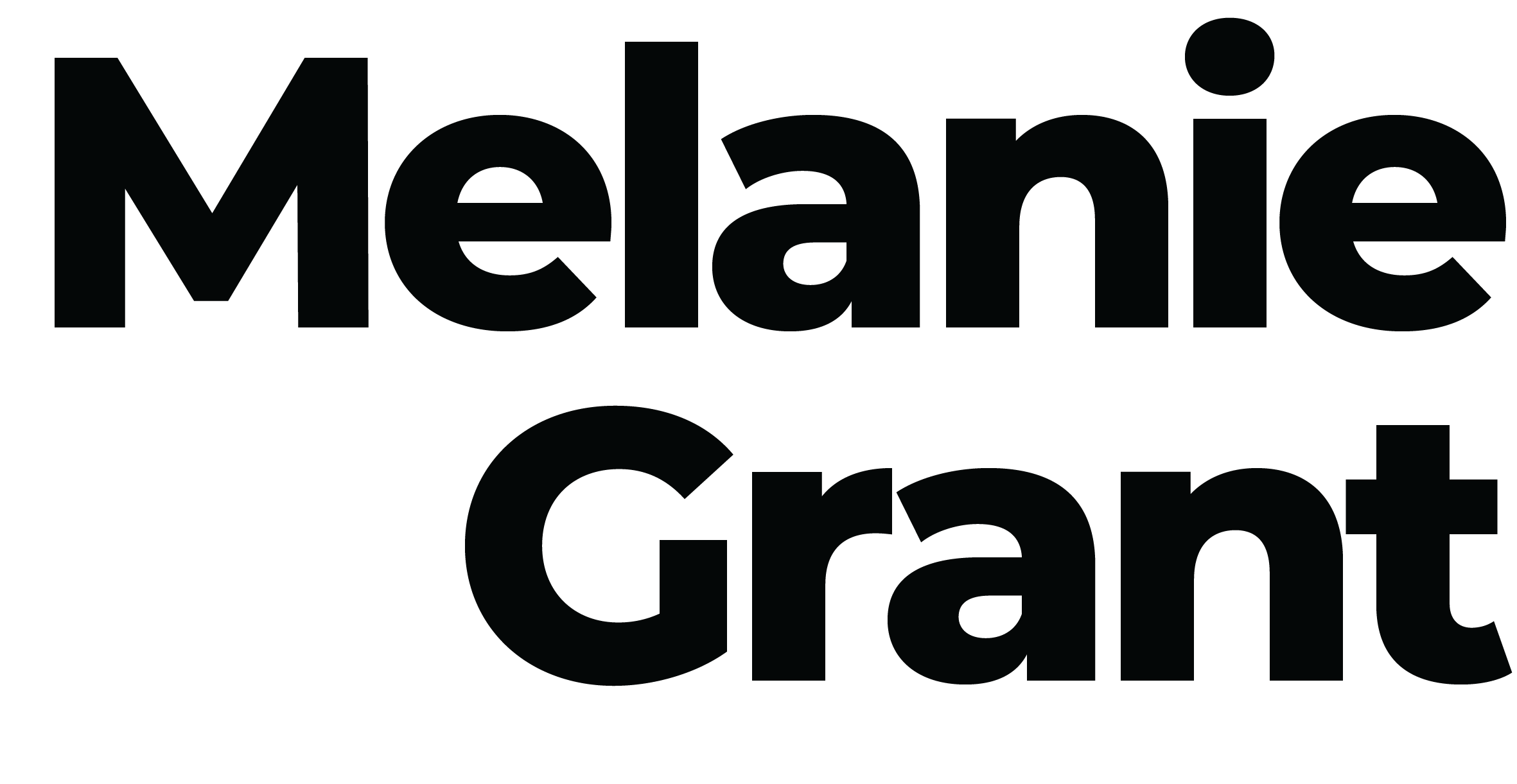Hormonal changes in our 50s, such as menopause, can cause the skin to become more prone to irritation and dryness so it’s important to support the skin’s barrier by using nourishing, hydrating formulations. In addition, we should look to incorporate ingredients that are known to promote the synthesis of collagen and elastin. These two proteins are imperative in giving the skin strength and structure, but they naturally decrease as we age.
Whilst there are many different changes to the complexion during this decade the most common skin concern I hear from my clients is centered around the appearance of fine lines and wrinkles. It’s so important to embrace your own beauty, lines and all, as ageing is a natural part of life and happens to all of us — but I understand still wanting to feel like the best version of yourself. The key to skin health (and happiness!) in your 50s is an effective skincare routine complete with products rich in lipids, nutrients and oils coupled with an increase in more intensive professional treatments. Below are a few key tools to add to your kit to help guide you through this decade.
A basic skincare routine
In the morning
Step 1 Cleanse using a gentle hydrating cleanser
Step 2 Antioxidant serum
Step 3 Hydrating eye cream
Step 4 Moisturiser
Step 5 SPF50 sunscreen
In the evening
Step 1 Oil cleanser
Step 2 Gentle hydrating cleanser
Step 3 Hydrating serum
Step 4 Retinol serum
Step 5 Retinol eye cream
Step 6 Rich night cream
Step 7 Face oil
Cleanse
The skin in our 50s can be slightly more sensitive; it also produces less oil than it once did, so I suggest using a gentle hydrating cleanser that won’t strip the skin of its natural oils. Avoid sulfates and certain alcohols such as ethanol and isopropyl alcohol, as these can dry the skin out. Instead, look for a gentle formulation with a low lather and incorporate a rich and decadent balm or oil as your first evening cleanse. You can also take cleansing as an opportunity to incorporate a facial massage into your routine to drain stagnant lymph and fluid retention while encouraging collagen production. Simply start at the base of the neck and move your way up over the face to the forehead using ‘upward and outward’ motions whilst gently buffing the cleanser into the skin before rinsing.
Exfoliate
Using a very gentle chemical exfoliator two or three times a week can help to even out texture by shedding dead cells, without aggravating the skin. Part of the chemical exfoliator family, PHAs are extremely mild exfoliants that are suitable for when the skin is thinner and more fragile.
Hydrate
Increase vibrancy and elasticity with a combination of lipid-rich, hydrating products, think rich occlusive creams to soothe, condition and comfort the skin, hydrating serums to quench and plump, and oils to lock in moisture.
Retinol
An incredible all-rounder ingredient that is vital for this decade, if you’re not already using a retinol in your routine it’s time to add it to your tool kit. Start with a low dose, and introduce it into your regime slowly increasing in both frequency and potency with time until your skin can handle daily use.
Eye cream
The skin around the eye is already much thinner than the rest of the face, and becomes increasingly thinner with age, making any fine lines and wrinkles more prominent. It’s also common to experience puffiness and dark circles, which can be addressed by using a well-formulated eye cream containing active ingredients. Look for a hydrating formula that contains retinol to restore and promote radiance. Retinol that isn’t made for the eye area should not be applied, given the skin is so delicate.
SPF
Sun protection in your 50s is about trying to reverse some of the damage caused in earlier years, as well as slowing down any further ageing resulting from UV exposure. Look for rich hydrating formulations to plump the skin while shielding it from UVA and UVB rays.
Treatment
An LED Mask is a great tool to add to your at-home routine to encourage tissue repair and healing deep within the skin. This decade is also the perfect time to dial up the intensity of your professional treatments. I recommend in addition to regular facials looking to deeper resurfacing treatments such as laser and deeper peels that promote collagen production and target further into the core of the skin to yield truly incredible results (though be aware that some treatments can require significant downtime).
